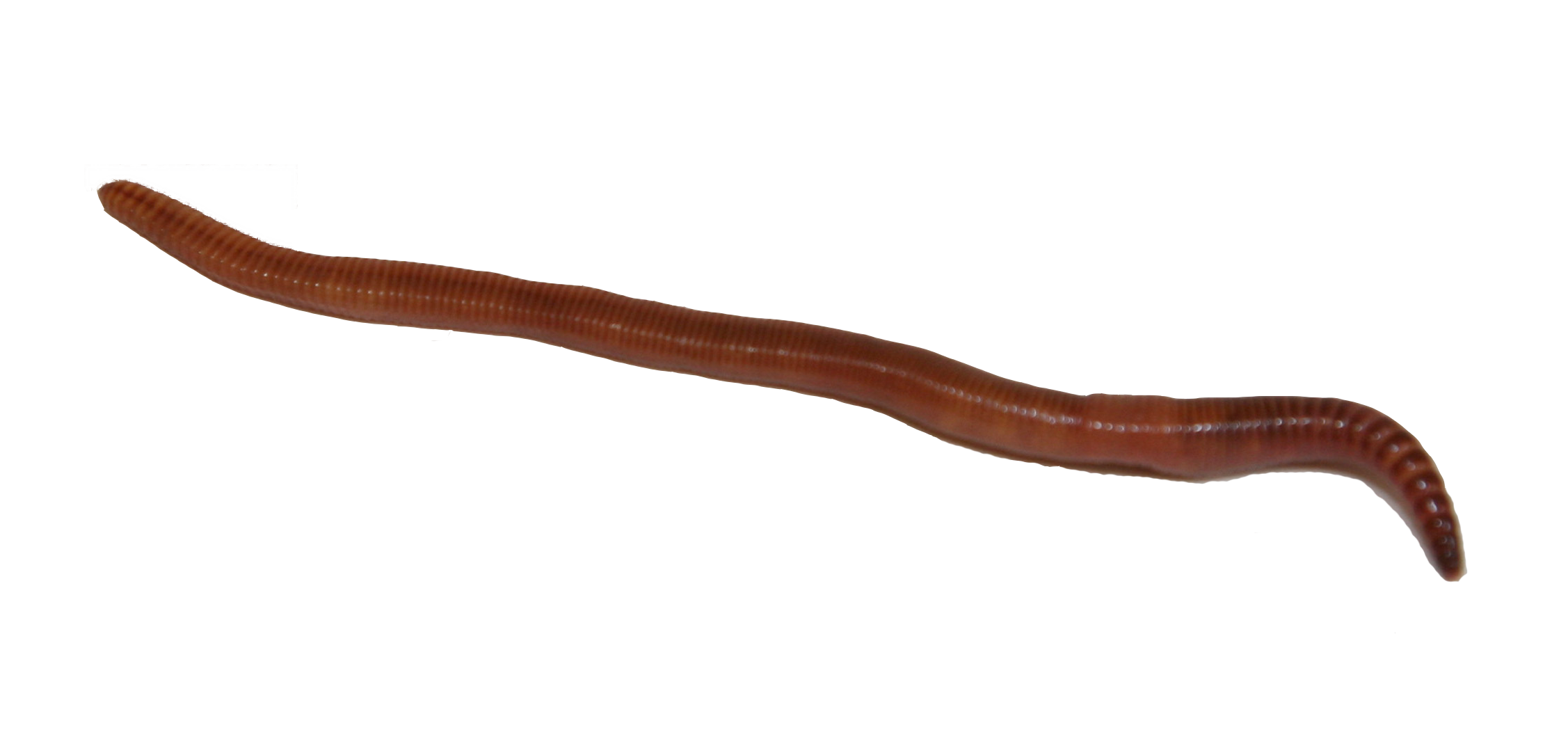Boost Dirt Health And Wellness Naturally With Red Wigglers
The combination of red wigglers into soil monitoring practices presents an engaging method for improving soil health and wellness naturally. These earthworms not only transform natural waste right into useful vermicompost, however their natural actions additionally promote enhanced dirt framework, aeration, and nutrient availability. Recognizing the intricacies of setting up and maintaining an effective vermicomposting system is essential to totally utilize their advantages. Exploring the essential actions and possible obstacles included can considerably influence the efficiency of this lasting approach. What crucial aspects should be taken into consideration to make the most of the benefits of these remarkable decomposers?
Benefits of Red Wigglers

Furthermore, red wigglers improve dirt framework by creating networks as they burrow through the earth. This task boosts oygenation and drainage, promoting origin development and making certain that plants obtain adequate oxygen and wetness. Furthermore, the castings created by red wigglers are high in nutrients such as nitrogen, phosphorus, and potassium, which are important for plant growth.
Red wigglers additionally aid in the decrease of unsafe pathogens and pests by outcompeting them for resources, additionally adding to a healthier soil environment. Their existence can lead to a decline in the requirement for synthetic fertilizers and chemicals, advertising lasting agricultural techniques. On the whole, incorporating red wigglers into soil administration strategies provides an all-natural and reliable means of enhancing dirt vitality, consequently supporting durable plant development and agricultural productivity.
Establishing Vermicomposting
Developing a vermicomposting system is a sensible method to harness the exceptional benefits of red wigglers in improving soil wellness. red wigglers. To begin, select an appropriate container-- preferably, a plastic or wood container with a cover to preserve moisture and temperature. The container should have drainage holes to avoid excess water buildup
Next, prepare bed linens material, which functions as a habitat for the worms. Ideal materials include shredded paper, cardboard, or coconut coir. Go for a depth of 4-6 inches to offer ample space for the worms.
When the bed linen remains in place, present the red wigglers, generally at a proportion of one extra pound of worms for every single square foot of surface in the container. Following this, include kitchen scraps such as fruit and veggie peels, coffee grounds, and crushed eggshells. Avoid meat, milk, and oily foods, as these can attract insects.
(red worms)
Caring for Your Worms
Maintaining the wellness of your red wigglers is vital for a flourishing vermicomposting system. Appropriate treatment makes sure that these advantageous microorganisms can properly damage down organic issue and enhance your soil.
Feeding your worms is an additional vital element of their care. Red wigglers prosper on kitchen area scraps such as fruit and vegetable peels, coffee grounds, and crushed eggshells.
Temperature level administration is vital; worms choose a variety of 55 to 77 levels Fahrenheit. By following these guidelines, you will cultivate a healthy and balanced environment for your red wigglers.
Using Worm Spreadings in Soil
Worm spreadings, usually referred to as "black gold," are an effective change that can substantially boost soil health and wellness and fertility. red wigglers. These nutrient-rich, organic plant foods are produced by red wigglers during their digestion procedure, leading to a carefully distinctive product that is useful for plants and soil alike
Integrating worm spreadings into your dirt enhances its structure, improving aeration and water retention. This is specifically advantageous for sandy dirts that drain pipes as well quickly, Charlotte Worm Farms in addition to hefty clay soils that can come to be compacted. Worm castings are packed with important nutrients, consisting of nitrogen, phosphorus, and potassium, which are important for plant development.

Eventually, the use of worm spreadings cultivates a successful ecological community within the soil, resulting in healthier plants and even more sustainable gardening practices.
Tips for Successful Composting
Effective composting calls for careful focus to a few crucial concepts that can considerably enhance the quality of the last product. First, balance is vital; keep a proper ratio of environment-friendly materials (nitrogen-rich) to brown products (carbon-rich), preferably around 1:3. This balance assists in efficient decomposition and decreases odors.
2nd, aeration plays a vital duty. Consistently transforming the compost heap boosts oxygen flow, which speeds up microbial activity and accelerate the composting procedure. Go for a heap dimension of at the very least 3 feet by three feet to maintain heat, which further advertises decomposition.
(red wiggler composting worms)
Moisture content is another vital element; the garden compost must be moist but not soggy. A good guideline is to achieve a moisture level similar to that of a wrung-out sponge. Excessive water can lead to anaerobic problems, while inadequate can slow down disintegration.
Last but not least, keep an eye on the temperature of the compost. A temperature level variety of 130 ° F to 160 ° F suggests active composting and helps eliminate virus and weed seeds. By adhering to these concepts, you will create a nutrient-rich garden compost that sustains soil health and wellness and improves plant growth.
Final Thought
Incorporating red wigglers into gardening practices boosts dirt health and wellness via natural procedures. These worms add to the breakdown of natural materials, resulting in nutrient-rich vermicompost that improves soil framework and fertility. Their burrowing actions advertise aeration and water drainage while reducing hazardous virus and bugs. By establishing and maintaining a vermicomposting system, garden enthusiasts can promote a sustainable ecosystem that sustains durable plant growth and long-lasting soil strength, eventually benefiting agricultural productivity and ecological health.